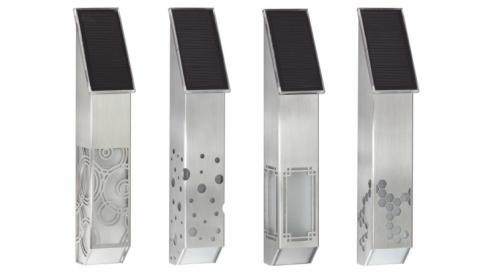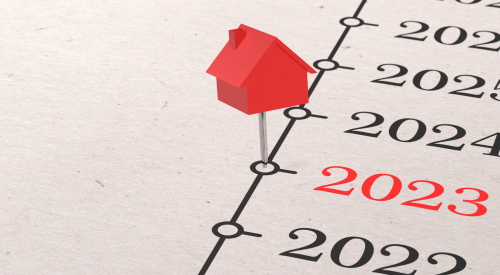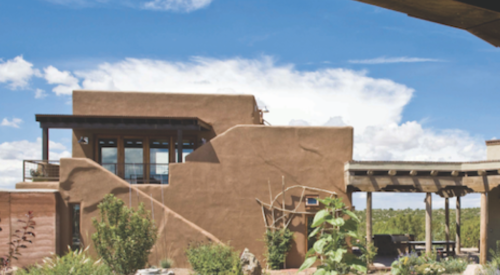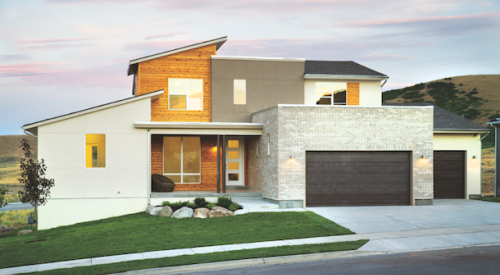| Robert Mitchell, NAHB President
|
Times are changing, and when it comes to building the housing America needs, the change is for the better. That’s because the nation’s home builders have taken the initiative.
From recycling to reducing construction waste to improving energy efficiency and preserving natural habitat, green building is a growing trend in residential construction and it is making an impact on the housing industry.
During NAHB’s second annual Green Building Conference this spring in Denver, home builders around the country demonstrated that they are departing from some of their traditional construction techniques and materials in response to environmental concerns and changing demand in the marketplace.
Government and local officials explained how builders can enter into successful public/private partnerships to develop pro-active, market-driven solutions to environmental problems. This is a critical area as communities across the country seek to develop creative smart growth solutions.
Demonstrating that home builders are the true environmentalists, the nation’s housing industry is entering the new millennium by using land and materials more wisely. In fact, many of the nuts and bolts of green building -- from the use of engineered wood products to better insulation and higher density development -- have already made their way into the mainstream.
Mainstream builders are coming to terms with what they have intuitively known all along: responsible and careful use of all building resources is essential if we intend to build into the future. Green building is market-driven: by building green, forward-looking builders can differentiate themselves from their competition and build homes that buyers want.
The financial community has recognized the green building trend as well. Fannie Mae has developed green mortgage products in six pilot cities, Atlanta, Columbus, Denver, Albuquerque, Seattle and Los Angeles, and continues to create effective mortgage programs to support green building initiatives.
Fannie Mae’s green mortgage products recognize buyers’ savings from increased energy efficiency, water conservation and durability. And Fannie Mae has issued guidelines to assist appraisers in recognizing the improved value of green homes.
The Denver conference clearly shows that green building has come into its own. More than 575 participants, up 45 percent from last year, attended packed educational seminars focusing on mainstream design, development, marketing, building and financing of environmentally-sensible homes. The 55 show exhibitors -- more than three times as many as for the inaugural event -- displayed the latest green building technologies, techniques, products and services. Attendees left the conference with ideas to transform the ways they build.
The time has clearly arrived for green building. Green building makes sense from an environmental perspective, and it makes sense from a business perspective. It is the way we will do business in our future, and it is a powerful marketing force for both custom and production housing alike.












